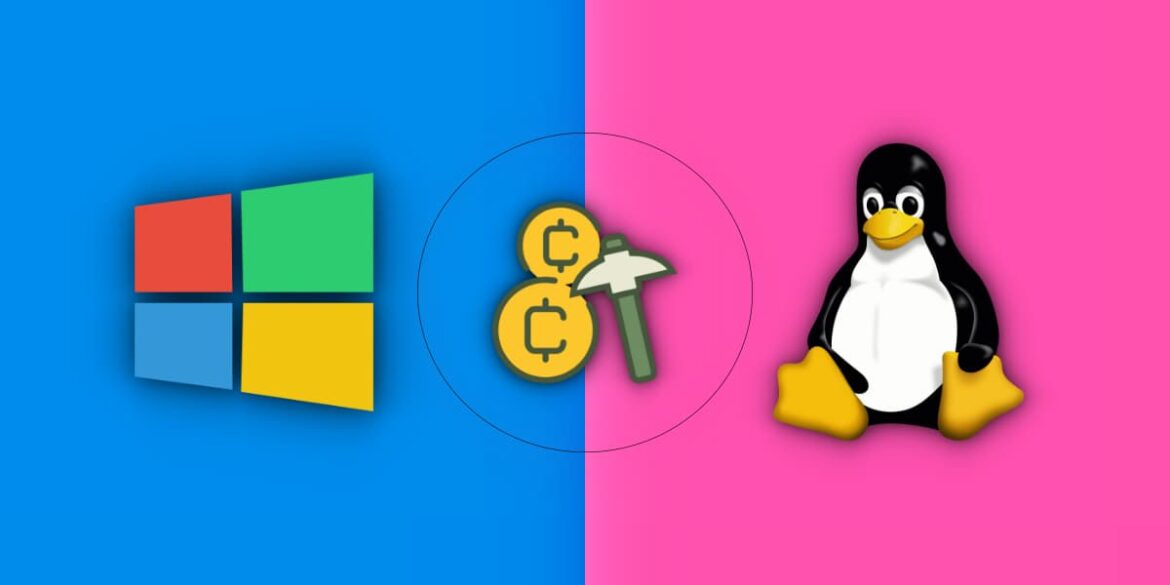Microsoft has discovered a new Sysrv botnet variant deploying cryptocurrency miners on Windows and Linux systems.
The Microsoft Security Intelligence team posted a series of tweets on their official Twitter handle (@MsftSecIntel) to reveal startling details on the new variant of the notorious Sysrv botnet dubbed Sysrv-K.
According to the thread, the new variant exploits vulnerabilities recently identified in the Spring Framework’s API gateway called the Spring Cloud Gateway and WordPress and deploys cryptocurrency miners on Windows and Linux systems.
How does the Botnet work?
According to Microsoft, the botnet first scans the web to identify vulnerable servers and installs itself. The vulnerabilities it looks for include remote file disclosure, remote code execution, path traversal, and arbitrary file download.
The tech giant noted that Sysrv-K exploits numerous old flaws, particularly those identified in WordPress, as well as new vulnerabilities like CVE-2022-22947, which has a CVSS score of 10 and affects the Spring Cloud Gateway and Oracle’s Communications Cloud-Native Core Network Exposure Function.
The vulnerability exposes apps to code injection attacks and allows unauthorized attackers to carry out remote code execution. Interestingly, all these vulnerabilities have patches.
Details of Sysrv and Sysrv-K
The Sysrv botnet has been active since late 2020 and exploits known security flaws in access interfaces to install a Monero crypto miner on compromised Windows and Linux systems. The older version of the botnet targeted databases and web apps, such as Confluence, Jira, MongoDB, Oracle WebLogic, ThinkPHP, Mongo-Express, Drupal, Apache Struts, and Salt-API, reported Juniper in 2021.
The new version comes with a range of new features. Such as it can scan for WordPress configuration files and their backups to extract database credentials. The botnet uses the information to control the webserver.
Additionally, it boasts advanced communication features, including using a Telegram bot. It can scan for SSH keys, hostnames, and IP addresses and spread its copies across the network to infect the entire network and make it a part of its botnet army.
More Linux and Windows Botnet News
- Old crypto-malware makes come back, hits Windows, Linux devices
- Kraken botnet bypasses Windows Defender to steal crypto wallet data
- HolesWarm crypto-malware hits unpatched Linux and Windows servers
- Beware; Adwind RAT infecting Windows, OS X, Linux and Android Devices
- Linux & Windows hit with disk wiper, ransomware & crypto Xbash malware
How to Stay Safe?
Microsoft suggests that organizations using internet-exposed Linux or Windows systems must install security updates immediately as it is imperative to secure these systems. They must ensure “building credential hygiene” and timely apply security updates.


